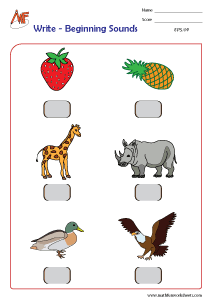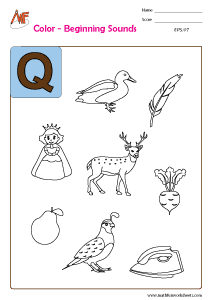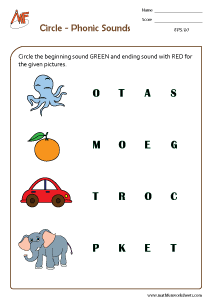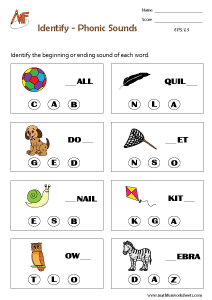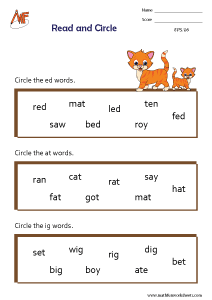- Home
- English Worksheets
- Phonics Worksheets
Browse by Topics
- English Worksheets
- Science Worksheets
- Kid's Corner
- Numbers & Operations
- Addition
- Subtraction
- Multiplication
- Division
- Decimals
- Place Value
- Roman Numerals
- Skip Counting
- Odd & Even Numbers
- Patterns
- Cardinal & Ordinal Numbers
- Rounding Numbers
- Estimation of Numbers
- Estimation of Time & Money
- Counting & Cardinality
- Comparing Numbers
- Ordering Numbers
- Fractions
- Prime & Composite Numbers
- Squares & Cubes
- Square & Cube Root
- Divisibility Rules
- Factors & Multiples
- Data Handling
- Algebra
- Ratio
- Least Common Factor
- Greatest Common Factor
- Percent Worksheets
- Proportion
- Order of Operations
- Scientific Notation
- Exponents
- Algebraic Expressions
- Evaluating Algebraic Expressions
- Simplifying Algebraic Expressions
- Graphing Lines
- Point Slope Form
- Two Point Form
- Two Intercept Form
- Equations
- Identifying Functions
- Evaluating Functions
- Function Table
- Domain and Range
- Trigonometric Charts
- Quadrants
- Polynomials
- Measurement
- Geometry
- Word Problems
Phonics Worksheets
Phonics worksheets are powerful tools that help children connect letters with their sounds. These worksheets build the foundation for reading and writing. With clear visuals and fun activities, they make learning phonics engaging and effective for young learners.
To start, kids learn the basic letter sounds. Phonics worksheets include matching letters to sounds, tracing letters, and identifying beginning sounds in words. These simple tasks help children develop sound awareness. They also improve listening and recognition skills.
As children progress, they begin to blend sounds. Worksheets guide them to combine letters like “c” and “a” to form “cat.” This practice boosts decoding skills. It also gives children the confidence to read new words.
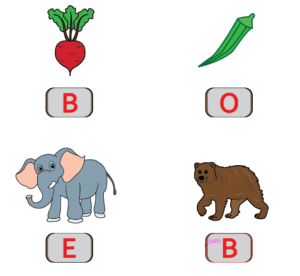
Tips for Teaching Phonics at Home
Read aloud daily and talk about letter sounds
Use visuals and hands-on activities
Keep practice sessions short and consistent
Related Worksheets: Synonyms & Antonyms Worksheets, Vocabulary Worksheets, Homonyms Worksheets
Download Free Phonics Worksheets
Moreover, these worksheets support different learning levels. Beginners can focus on single sounds, while advanced learners work with blends, digraphs, and vowel teams. This flexibility makes them ideal for preschoolers, kindergartners, and early elementary students.
Teachers can use these worksheets during literacy lessons. Parents can print them for extra practice at home. Because they’re printable and easy to use, they fit into any learning routine. Kids can complete them independently or with guidance.
In addition, these worksheets help improve writing. Tracing letters and forming words strengthens hand muscles and letter formation. At the same time, they reinforce the connection between sounds and spelling.
Consistent practice with these worksheets leads to better reading fluency and comprehension. Children become more confident in sounding out words and understanding what they read.
In conclusion, these worksheets are essential for early literacy development. They provide structured, fun, and effective practice for learning sounds and spelling. Whether at home or in the classroom, these worksheets help children become strong, independent readers. Start using them today and support your child’s reading success!


